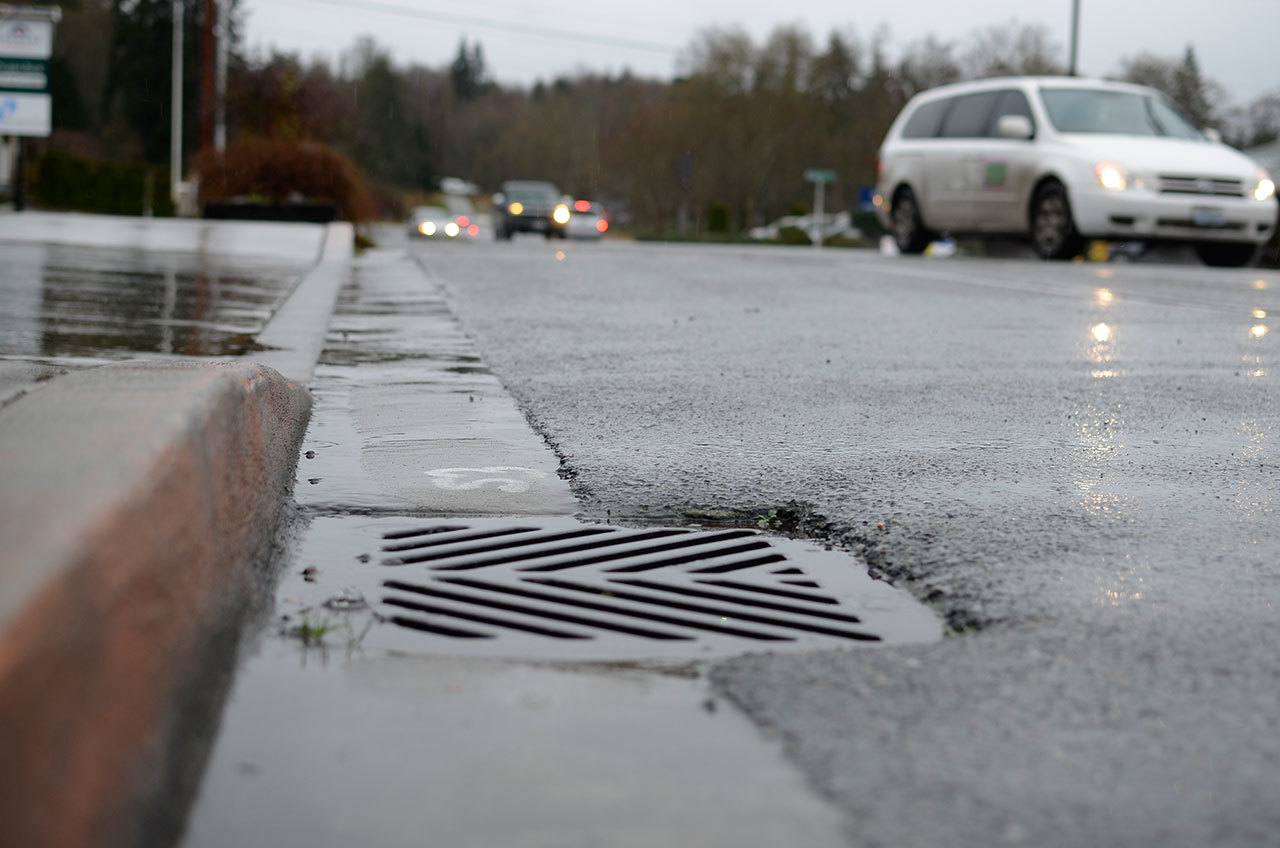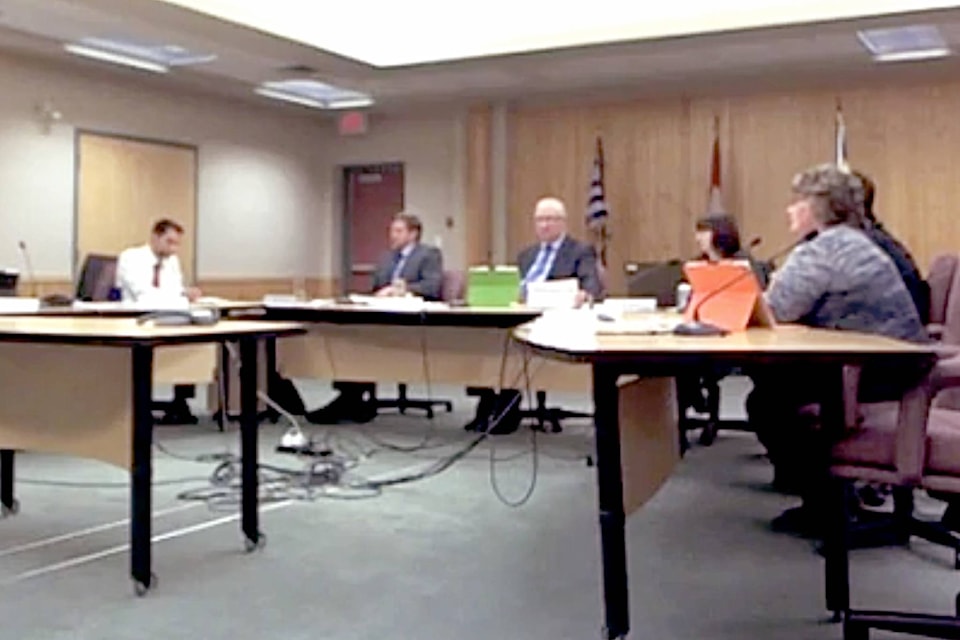City council has accepted most of the recommendations from a staff report updating the proposed water and sewer rates to reflect some of the concerns expressed during the public feedback period.
The decisions from Monday night’s meeting are not final — the next step will be developing and passing a bylaw with the proposed rates.
Water and sewer rates must be balanced with how much the program costs, council heard. When a reduction in rates results in a decrease in revenue — it must be balanced with an increase elsewhere to cover the costs. For example, a reduction in usage rates may result in an increase in the flat-fee portion of the utility bill.
The primary concerns heard from the public during the feedback period were:
1 - Large increases in the summer due to outdoor use
2 - 30 cu/m per month cap is not high enough
3 - There is no incentive for low users to conserve further
4 - The 10 per cent increase for non-metered single-family dwelling is too low
5 - Sewer consumption should not be charged for ground irrigation systems
6 - The increase in the multi-family rate is too steep
7 - Landlords of multi-family may not be able to increase rents to cover increases
8 - The increase for industrial, commercial and institutional users is too steep
9 - The current (not proposed) industrial, commercial and institutional is not equitable among businesses
10 - The current rate structure for mixed-use buildings is unfair as it charges flat rates per unit
How concerns were addressed, and if not — why not
1 - During the first year, a transitional cap of 100 cu/m per month for the summer months was introduced, giving more time for high single-family dwelling users to adjust to the new rates.
The disadvantages of this choice are less incentive to reduce summer peak demand, low and mid-consumption users may view this as unfair.
2 - No change was made to the 30 cu/m consumption cap before additional charges are incurred. The cost of providing the first 30 cu/m is already covered by the flat fee.
If the consumption level was increased to 40 cu/m then the base rates for all single-family dwelling would need to increase by $28 per year. The option is contrary to the city’s guiding principals for the water structure as it would transfer the cost of peak summer usage to all accounts, including low users.
City data identified 124 single family dwelling users as high-water users (over 600 cu/m) for the July to August period.
On the opposite end of the spectrum are 1,200 single family dwelling users who do not use 30 cu/m per month year-round — using less than 360 cu/m annually.
3 - Addressing the concern about incentives for low users involved a lot of discussion at the council table and ended without a firm decision.
Staff had looked at a recommendation to offer a $50 rebate to users who hit less than 360 cu/m a year which would mean an across-the-board increase to the flat rate in order to fund it. There are about 1,200 users who would qualify which would result in significant administrative time to implement.
In the end, council decided to ask staff to come back with a different proposal that would mean fewer users would be eligible for the rebate by setting the threshold differently. Staff will come back with a new recommendation and the rationale behind it when the bylaw comes to the table.
4 - There are still a number of residences that have not had water meters installed. Those properties received notices in November notifying them of their need to comply. As of the time the last report was written, 23 residents have requested installation of a meter and 31 residences have not responded.
The concern that the 10 per cent increase for these users was not enough was addressed by increasing the non-metered single-family dwelling rates by 50 per cent in year one, 25 per cent in year two and 25 per cent in year three.
5 - The issue of charging sewer consumption rates for irrigation only systems was addressed by allowing owners to ask the city to verify that the system is for irrigation only and then they will not be charged sewer consumption rates for that meter.
6 - The increase for multi-family dwellings will not be lessened for several reasons. First, multi-family users are already paying less than single-family dwelling users under the old rate structure. Additionally, multi-family units that do not have meters have not seen a rate increase since 2014. The Castlegar multi-family rate is also below neighbouring communities.
Another reason is that phasing the increases in more gradually goes against the water program’s guiding principles in that it prolongs the current cross-class subsidy. Also, to replace the lost revenue from the increase, single-family dwelling or industrial, commercial and institutional rates would have to increase — also perpetuating the subsidy.
7 - No changes to the rate formula are proposed to reflect the concerns from landlords of multi-family buildings about not being able to raise rents to cover the additional costs.
Several factors were included in the reasoning including tenancy agreements vary widely and do not always include utilities, landlords can increase rents by 4 per cent annually according to current legislation, phasing in changes perpetuates the cross-class subsidy in the system prolonging inequitable rates, the revenue loss would result in an increase to single-family dwelling or industrial, commercial and institutional customers.
8 - No changes are suggested to the industrial, commercial and institutional rates from the original proposal. Industrial, commercial and institutional customers are already paying less than single-family dwelling customers for equal consumption under the old rate structure resulting in cross-subsidy between single-family dwelling and industrial, commercial and institutional users. As with the previous two concerns, reductions in this category would result in increases to other classes.
9 - Two changes were made to the proposal to reflect concerns that the industrial, commercial and institutional rates were not equitable across businesses.
The original proposal used the logic that one business license equals one water/sewer flat fee even if the building was shared. Charging businesses the same flat fee doesn’t reflect service size, fire flow requirements, number of bathrooms and potential access to consume.
The new proposal charges businesses with larger service sizes an additional charge. Larger connections would then pay an extra water connection fee starting in year two of the new rate program. The water flat fee would then be reduced for all industrial, commercial and institutional customers by $40 for years one through three.
10 - No changes were suggested to address the feeling that the rate structure was unfair for mixed-use buildings. To change this aspect would be a significant shift from the current billing system and the proposed rate structure. Staff felt that a change that significant would benefit from a further feedback period as some metered accounts would be significantly impacted as their rate increases based on service size would need to be exponentially higher to offset the smaller service sizes.
A full description of the original propsal is available here.

